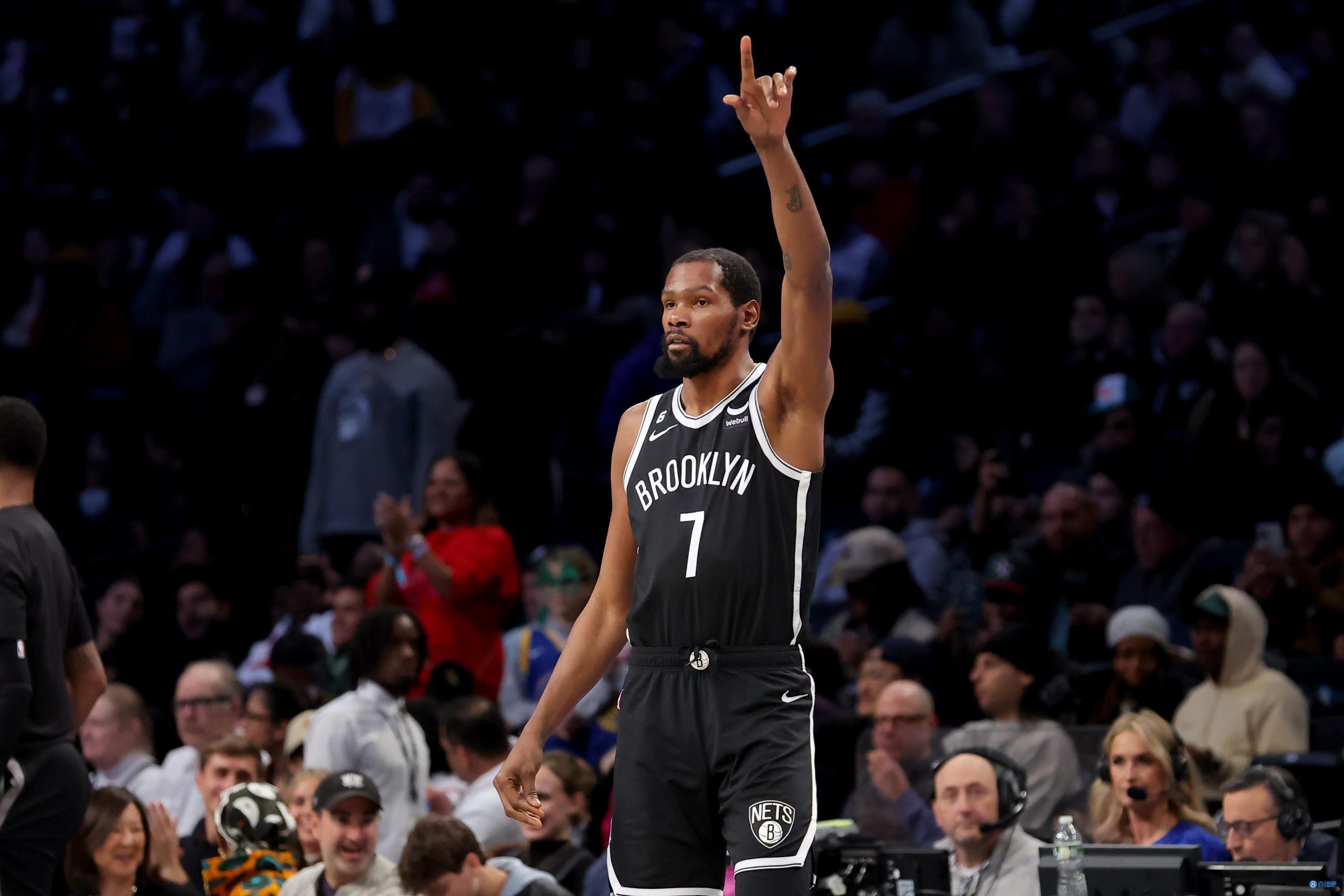“Not looking down on Durant, but no one can rule the NBA after the Achilles tendon is seriously injured.”
In February 2020, an alliance executive said in an interview with ESPN. At that time, Durant was still recovering. At the node at that time, most people would feel that Durant would inevitably decline after returning. This is normal, because from the historical data, most of the players who suffered serious Achilles tendon injury either did not return or collapsed after returning. The rare exception is Wilkins, the essence of human movies.
However, Durant has been refreshing people’s cognition for three seasons. Especially this season, Durant temporarily solved the hard injuries of the past two seasons and played a higher attendance rate. At the same time, under the condition that the burden of ball rights is still heavy, he has hit a new high in his career.
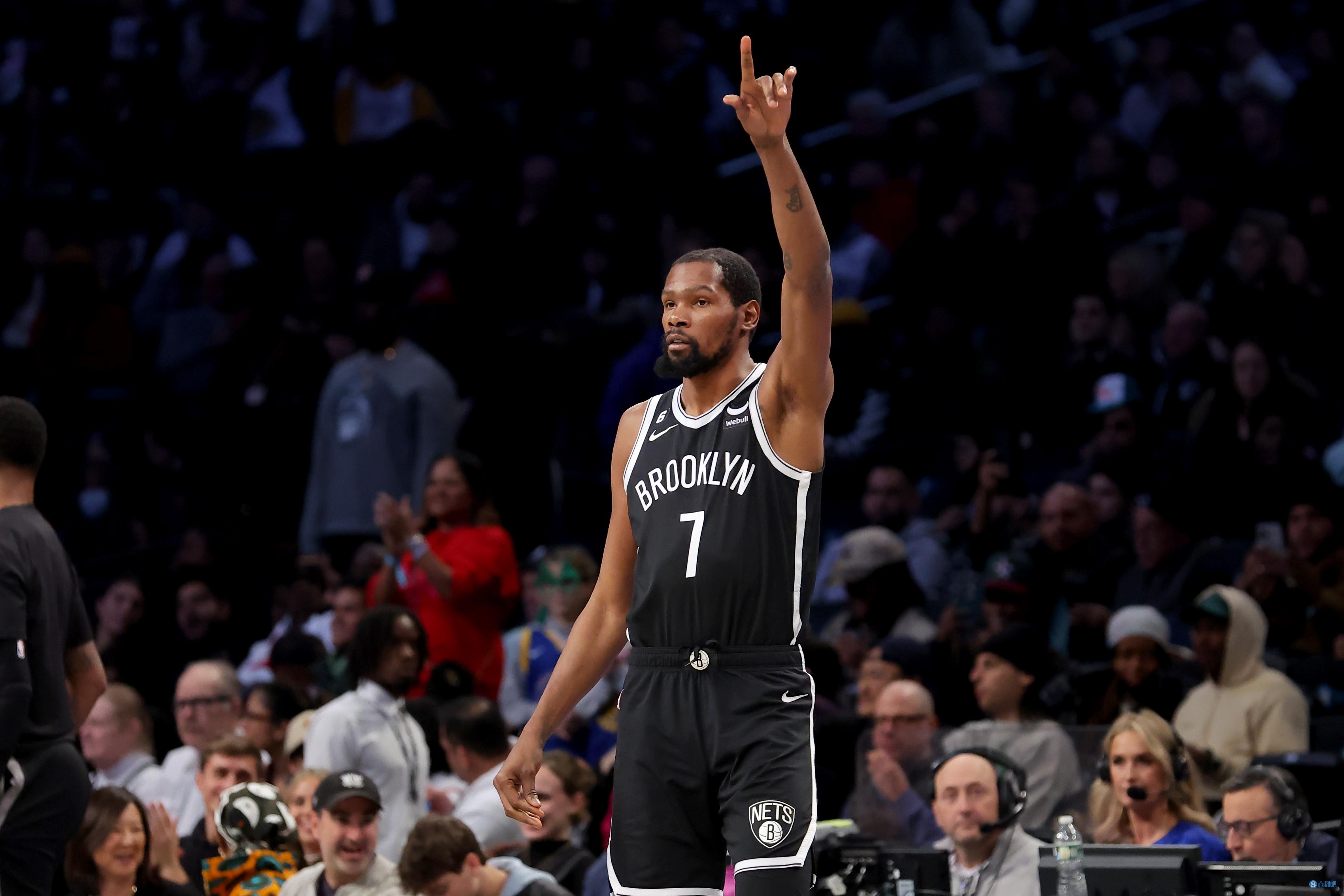
A set of data:
Durant’s right usage rate this season is 31.8%, and the real hit rate is 67.2%. Before, only one player in history had cast a real hit rate of more than 67% when the ball usage rate reached at least 31%. He was Stephen Curry in the 2017-18 season, at that time, he played a real hit rate of 67.5 percent with 31 percent of the ball usage.
A 34-year-old player who had suffered serious Achilles tendon injury performed at the historical level, which can be called a “medical miracle. How did Durant do it?
Durant suffered a rupture of Achilles tendon in Game 5 of the 2019 finals. Robert Anderson, a famous doctor, said: “Our industry is used to calling this injury a ‘kiss of death’. If your Achilles tendon breaks, it means that your career is basically over.”
Durant certainly knew the severity of serious Achilles tendon injury. He chose O’Malley, who he trusted most, as the Doctor of the main knife of surgery. When Durant suffered Jones fracture in 2015, O’Malley won trust by successfully operating Durant.
O’Malley resutured both ends of the broken Achilles tendon to tighten the tendon. The operation itself was not complicated, and the key was the rehabilitation process after the operation. Modern medicine is progressing and many ideas are changing. Under normal understanding, Durant should rest after surgery. However, modern tendon healing principles pay attention to early exercise and early weight bearing, so Durant removed the splint 24 hours after the operation and started cold laser treatment and resistance training within 36 hours.
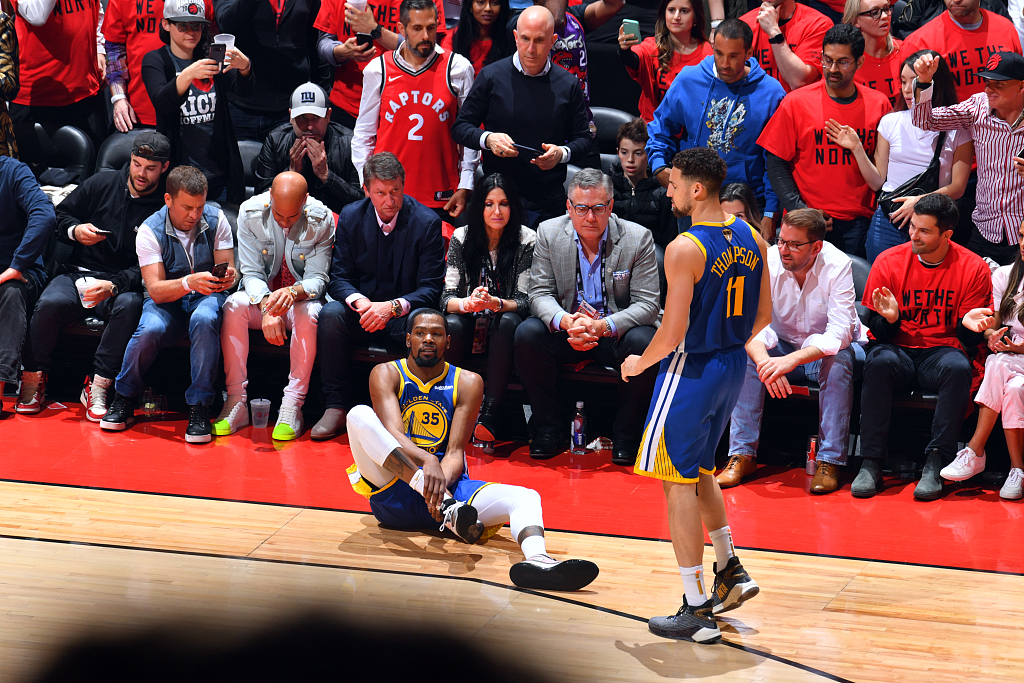
After that, Durant went to Los Angeles to recuperate. Physical therapist Dave Hancock helped Durant with treatment and exercise every day. Hancock ordered an anti-gravity treadmill and bound Durant with biosensors to monitor Durant’s movements. O’Malley watched through video chat software to prevent Durant’s improper movements from affecting recovery.
Durant has invested a lot of money, energy and sweat to recover, but even so, everyone still has no bottom in Durant’s future competitive state. Because Achilles tendon injury is terrible, no one can predict Durant’s future. They can only do their best to extend Durant’s recovery period from 10 months to 18 months under normal circumstances. First, they can make sure Durant’s injury is cured, and the rest is to listen to fate.
Durant returned in the 2020-21 season. Although he missed many games due to hamstring strain, Durant still played a high level in the battle, he cast a real hit rate of 66.6 percent when the usage rate of the ball exceeded 30 percent. In the 2021-22 season, Durant missed many games because he was hit by the left knee’s inner vice pulled hamstring. However, in the 55 games he played, he still maintained a very high output and efficiency, the average field hit was 29.9 points, and the real hit rate was%.
At the beginning, O’Malley predicted after the operation that Durant would fully recover in two years. His case would become an excellent case for recovery after Achilles tendon injury, and he would become an example for other wounded people. At that time, O’Malley’s prediction was aimed at Durant’s physical condition, and his prediction became a reality. After Clay Thompson’s Achilles tendon was seriously injured, he also sought Durant’s advice, but Durant’s competitive state after his comeback was so good that it completely surpassed O’Malley’s imagination.
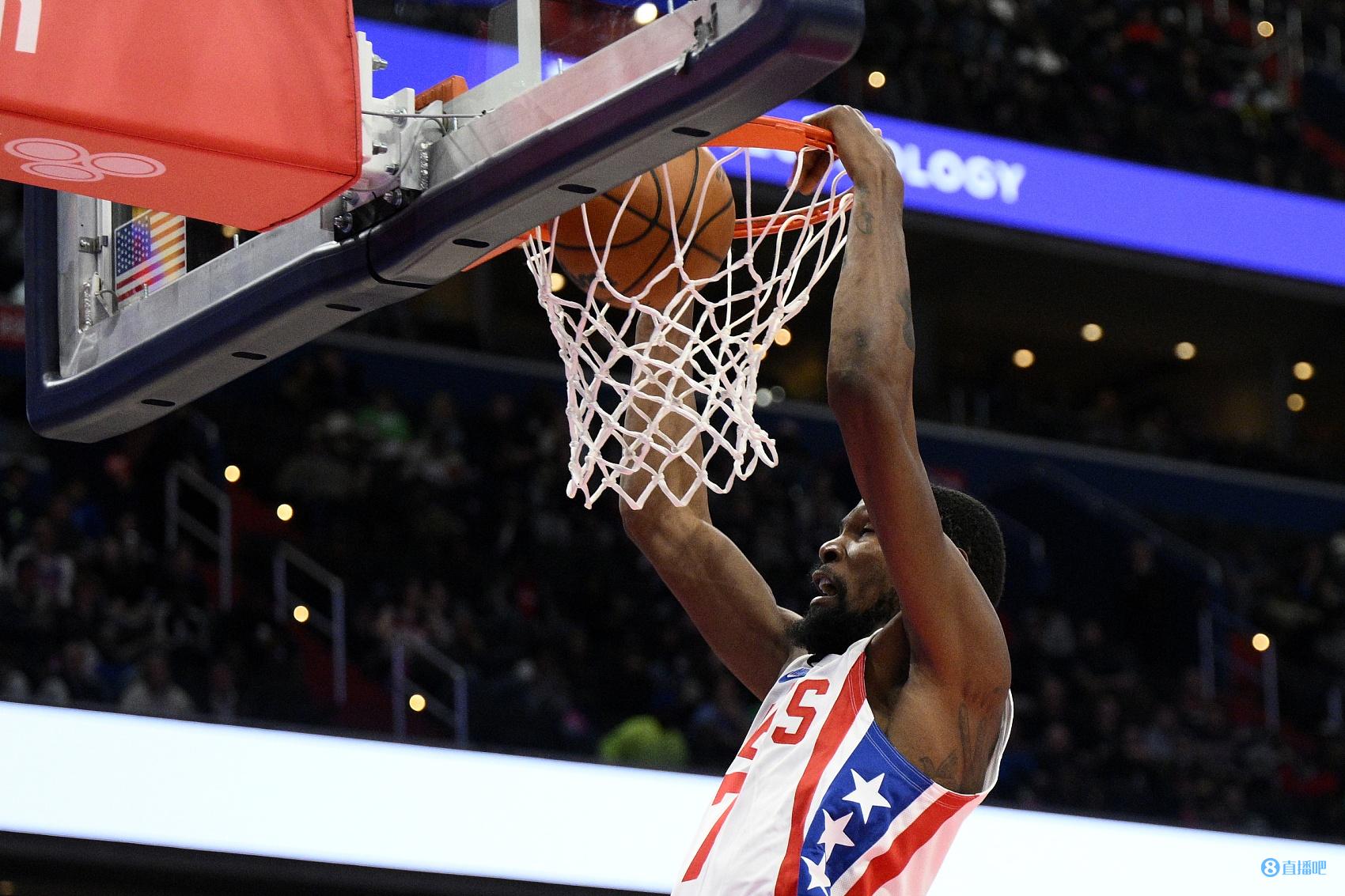
This season, Durant’s performance is more horrible than the past two seasons. He relies on the anti-trend CIC.
According to the normal logic and historical experience, the breakthrough ability of players who are seriously injured by Achilles tendon will decrease. The direct manifestation is that the proportion of shots in the basket will decrease and they will rely more on jump shots. Compared with before the injury, Durant’s basketball shot did drop, only 16% this season, and 19% and 14% in the past two seasons respectively, and before the injury, his percentage of shots in the basket was never less than 22%. The basket is the area with the highest attack efficiency, and the decrease in the proportion of this part of the shot means that the overall efficiency is likely to decline.
Durant’s anti-heaven is reflected in this. On the one hand, the proportion of Durant’s shots in the basket has dropped, but the shooting rate in the basket this season has reached a career high of 80%. This data is totally inconsistent with our understanding of “Achilles tendon wounded.
On the other hand, Durant transferred more shots to the middle distance which was despised by data analysts. Perimeter shot represents inefficiency, but Durant has 61 percent of the shots in the middle distance and 59 percent of the middle distance hit rate, completely break the cognition. Make a comparison: last season, the shooting percentage of DeRozan was 49%, and Durant was 10% higher than him this season.
The alliance entered the three-point era, to some extent, because the defensive pressure faced by the middle distance was so high that the efficiency was difficult to guarantee. Instead of taking 2 points in the middle distance jump shot, it was better to take a step back to downtown and get 3 points, now fewer and fewer players are good at perimeter shot. But Durant is different. The average hit rate of the league in perimeter shot this season is 42.4%, while Durant is 16.6% higher. He has enough confidence and a large number of Chinese investment.
This season Curry is the god of the three points, Durant is the god of the middle distance. Since the 2013-14 season, according to statistics, Durant is the most terrible player to hit the two-point goal. He averaged 8.3 dry two-point goals, with a hit rate. For Durant, a mid-range jump shot earned more than many top three-point shooters.
Durant’s jump shot has been transformed. His official height is 2 meters 08, and with an arm show of 2 meters 25, he can ignore the defensive jump shot. Durant’s jump shot has a very high interference rate, but he has shot 52.8 percent of the jump shot. Since the 1996-97 season, Durant has ranked the first among the players who have shot at least 450 jump shots in a single season. Nowitzki, Nash, paul was left behind by him.
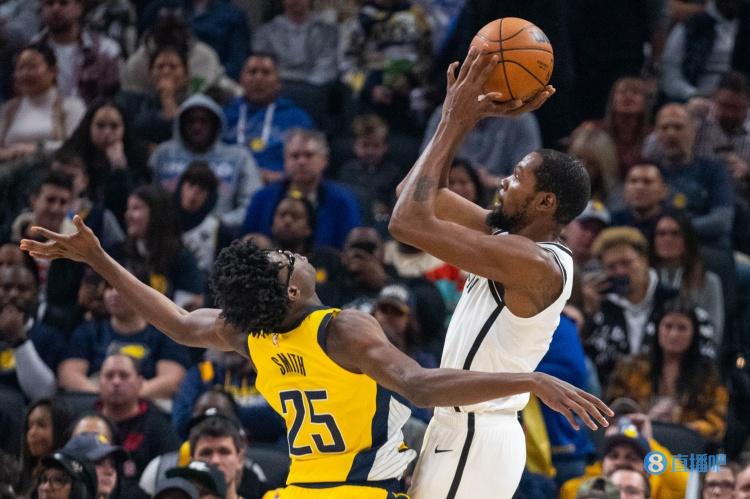
“I have already said that if anyone can return from the serious Achilles tendon injury, it will be Durant,” Wilkins said. “Many people don’t look at CCL, but Durant is proficient in CCL, his height is so high, which is his unique advantage. He doesn’t need to attack the basket all the time.”
“Durant miracle” is not only reflected in the attacking end, but also includes the defensive end. Historical data show that after a player is seriously injured by the Achilles tendon, the traverse speed and bounce ability will decline, and the data of snatch and cap will decline to varying degrees. But this season, Durant’s snatch rate is slightly higher than that in the last two seasons of warriors, and the cap rate is actually the second highest in his career.
Basketable Nets this season, there is a data completely inconsistent with the impression: basketable nets of the lack of meat shield center is a team that limits the third best team in the opponent’s basketball shooting rate. The opponent’s basketball shooting rate is 62.2%, only Pacers, grizzly bears limit the lower shooting rate of opponents in the basket. Durant has played a large number of cooperative defense Nets this season. When Durant played defense nets, the opponent hit 56.5 percent. Durant limited the opponent’s score to 0.85 points per round and the first in the league among the players who have defended at least 100 times against the opponent’s face frame singles.
Perhaps, as the ball Review Parkins said, what we are witnessing is Durant, who has the best career.
